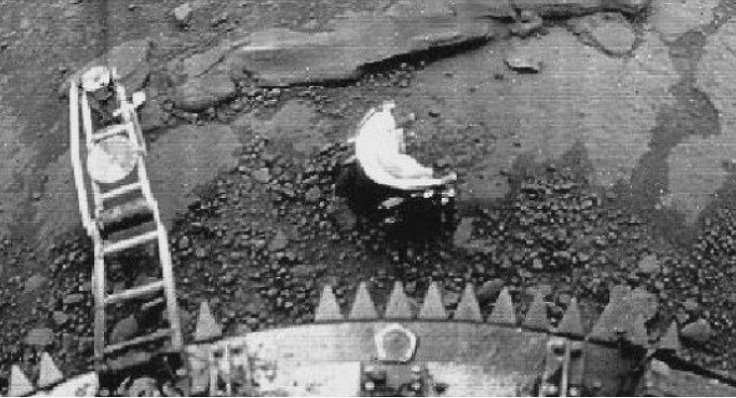
Several space experts strongly believe that alien life, at least in its microbial form could be present within the solar system. Most space scientists speculate that the probable candidates to find alien life within the solar system are Mars, Venus, and Saturn's moon Enceladus. Now, fresh reports suggest that the then Soviet Union discovered traces of extraterrestrial existence on Venus, around 30 years back.
Did the USSR discover alien life on Venus?
It was in 1981 that the USSR launched the Venere 13 probe to explore Venus. Details of the mission were maintained very confidentially by space scientists, and it was during this time that the space race between the USSR and the United States reached its peak.
After 30 years, Russian scientist Leonid Ksanfomaliti published an article in the journal Solar System Research, claiming that evidence of alien life was discovered by the probe three decades ago. The evidence was actually an unknown moving entity that crawled across the surface of Venus.
Quest TV documentary 'NASA's Unexplained Files' also talked about the mysterious entity that moved across Venus, which is considered one of the hottest planets in the solar system.
"A Soviet space probe reaches the hottest planet in the Solar System. A lander packed with a payload of cameras and scientific instruments plunges more than 48km through clouds of sulphuric acid to reach the surface. The probe sends back images that seem to show something moving on the surface. It takes three decades before a Russian scientist, Leonid Ksanfomaliti, reveals astonishing images from the archives," said the narrator of the documentary, Express.co.uk reports.
Leonid Ksanfomaliti assures alien existence
In his study paper, Leonid Ksanfomaliti revealed that the morphological features of the object spotted on Venus suggests that it was a living being.
However, experts at NASA who analyzed the images claim that the object spotted in the image taken by Venera 13 is not an alien. As per these skeptics, the bizarre object could most be probably the lens cap from the Venera camera.









